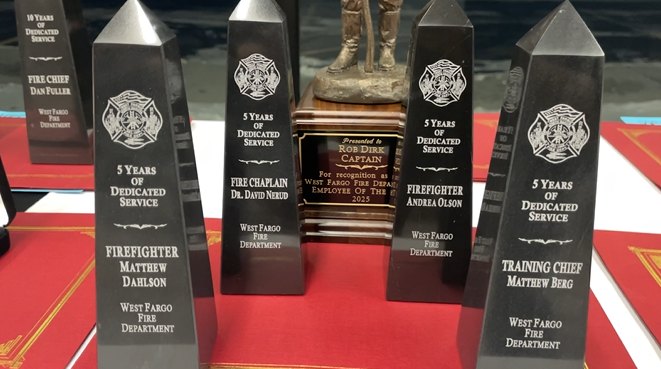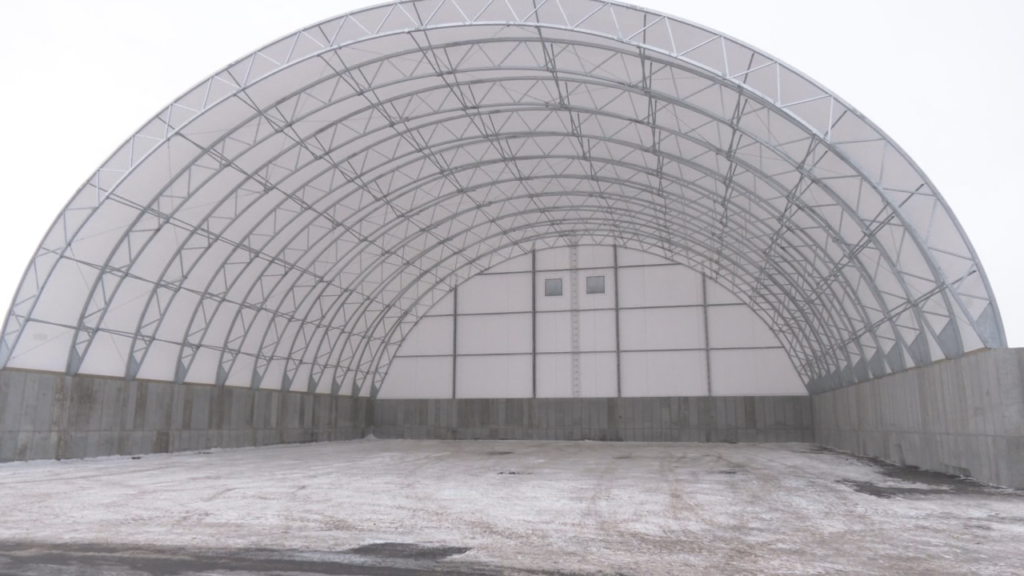Preparing for Disaster with Clay County Emergency Management
Minnesota Emergency Responders prepare for the worst.
We joined Clay County Emergency Management as they held a mock disaster drill.
“Well I really got to find them,” said one actress, who was acting as an evacuee.
She lost her grandchildren in the panic.
“They’re just little ones,” she told responders. “I’ve got to find them.”
Another actress says her therapy dog is missing.
She gets fed up with emergency responders and decides to leave to find her pet on her own.
“I think I’m just gonna go. I’m gonna go find my dog,” she declared.
“We’re simulating that there is a train accident or derailment in Glyndon, kind of like what happened in Casselton a few years back now,” said Clay County Emergency Planner Josh Ebert. “Residents needed to evacuate out of the city.”
They’re bringing all the resources they’d use in a real situation, setting up cots and medical centers to practice for the real thing.
In the event of emergencies like a train derailment or a city evacuation, the shelter here is capable of housing at least 70 people.
“This way they have the experience to know how to set up the cots, exactly the steps to take to make it more efficient and more comforting for the clients,” said American Red Cross Mass Care Manager Nancy Young.
They say it’s not just shelter workers who need to prepare.
They want every resident to have emergency kits ready to go at a moments notice which can last up to three days.
“An emergency disaster kit is vitally important, we cannot stress that enough,” said Ebert. “When cell phone services go down, electricity is cut off, transportation routes are compromised. You need to be able to take care of yourself and your family.”
“Have your important information in a bag that you can grab and walk out of the house,” advised Young. “Whether you come to a shelter, whether you get sent to a hotel, at least you got all that pertinent information.”
Today, they’re doing it all on their own in case the American Red Cross is not available for help.
It’s a big step in solidifying our region’s emergency preparedness.
To learn how you can build your own emergency kit, click here.






